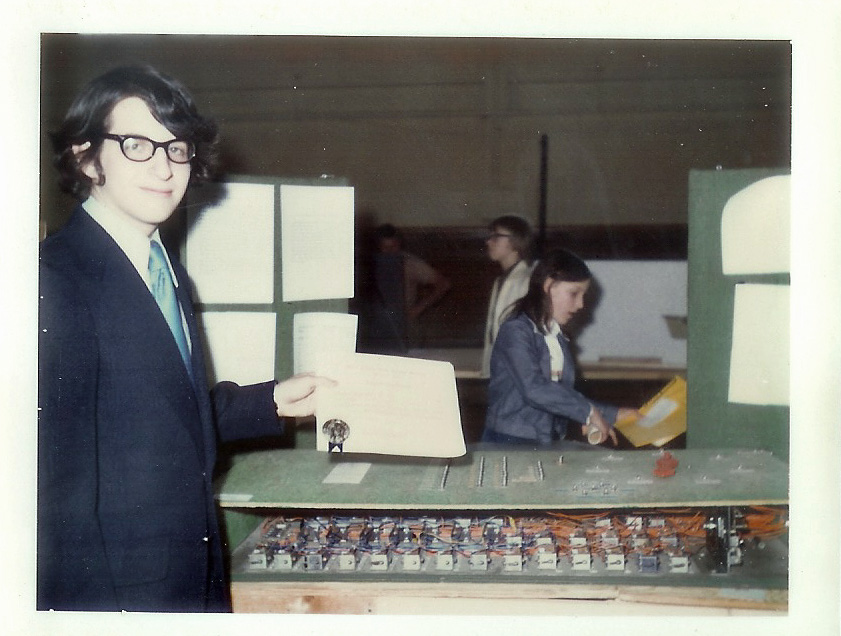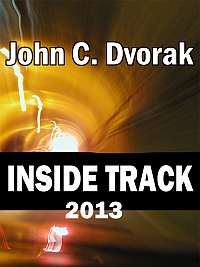Dear California Public Utilities Commission,
I have read a lot about the different net metering positions between the solar industry and the utilities. I believe there is a win/win solution to the problem.
The problem:
Currently the utilities want more for access to the grid and in some ways they have a point. Even though the utilities save some power generation costs I think the utilities are under compensated for the grid.
Also – the incentives for solar providers are such that solar systems are sized not to generate more that 100% of the home owner’s usage. If solar providers could get more compensation for excess energy they could fill the roof with panels rather than limiting them to what the customer needs.
Opportunity for both sides:
One thing no one is taking advantage of is that a solar KWH is worth more than a carbon KWH and there are people willing to pay more for clean energy than dirty energy. Excess solar generation can be tracked and a new market created for premium clean energy.
This market would create an incentive for solar companies to fill the roof and generate clean power. There is an advantage of scale in that the cost to solar companies to add extra panels per watt is less than just stopping at 100%. The cost of the sale, building permits, engineering is all the same. Just add more panels an a bigger inverter.
Additional Benefits for Both Sides
If the solar provider were to get 15 cents a KWH for excess power then they would fill the roof. Filling the roof has several advantages.
1) It helps towards the goal of California to replace carbon energy with solar energy.
2) Larger system would allow homes to generate excess power in the late afternoon instead of just the early afternoon. This will greatly reduce late afternoon peak power demands on the grid and move the solar curve to several hours later into the day when the utilities need it. So the grid gets the benefit of not having the capital expenses of meeting peak power demand costs.
3) Compensation for excess power would make it profitable for homes with low power consumption to go solar bring more solar energy online. Low income people with large roofs might even get free electricity.
4) Excess clean power can be tracked and marketed in an online energy auction allowing the demand for clean power to determine it’s price with all stakeholders benefiting.
I can provide a more detailed proposal if there is interest.
Summary
People tend to think in terms of the way things are now and not the way things will be. The grid of the future is going to be very different than the grid of the past. 50 years from now the grid is going to be powered by solar, wind, and maybe fusion. Natural Gas might fuel peaker plants. There will be battery storage built into the grid. There will also be a high voltage DC transmission system to move energy between regions. Energy production will be more local and distributed and the grid will be its own industry.
What we need to do is design policy around the grid of the future and with a vision towards creating incentives to get us from where we are to where we need to be.
Therefore the CPUC should:
1) Set the minimum compensation for excess solar power to enough to make solar providers want to fill the roof. And excess power generated at peak demand times is worth more than off peak power.
2) Allow utilities to charge a daily (not monthly) peak energy usage charge if the peak usage is during a peak demand period.
3) Allow minimum rates for grid access to increase.
4) Utility engineering surcharges should not be allowed.
























